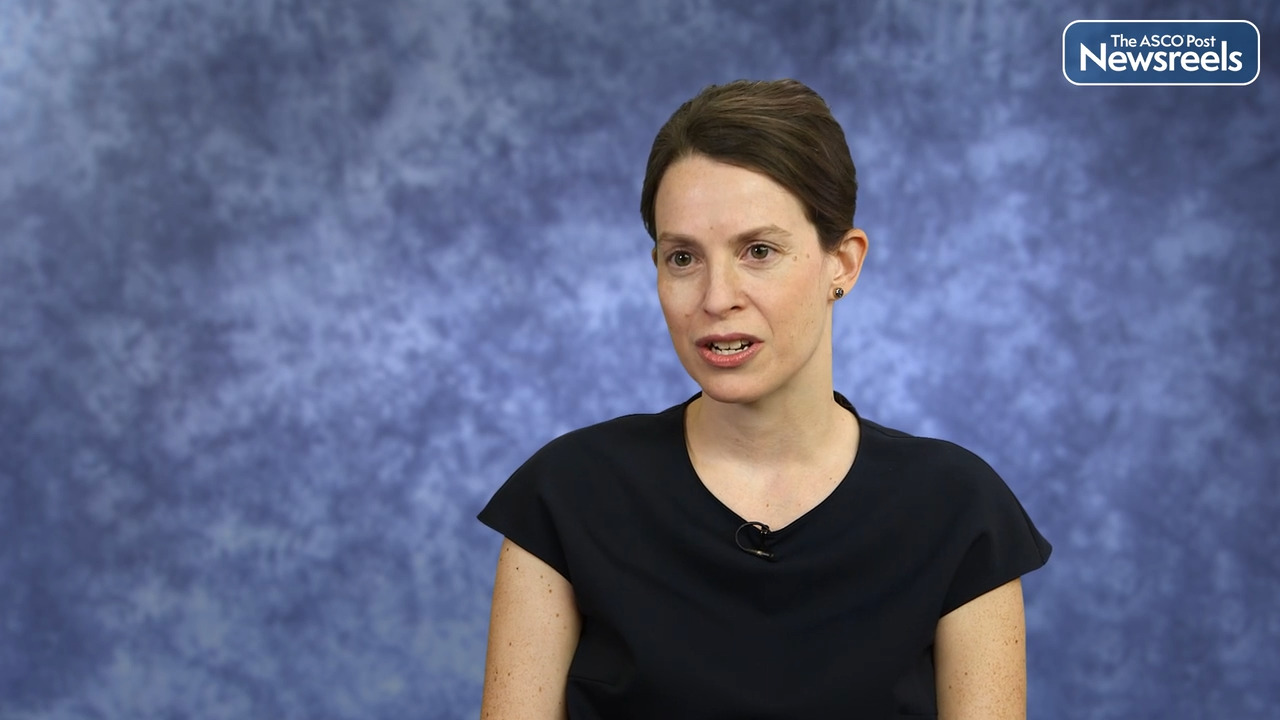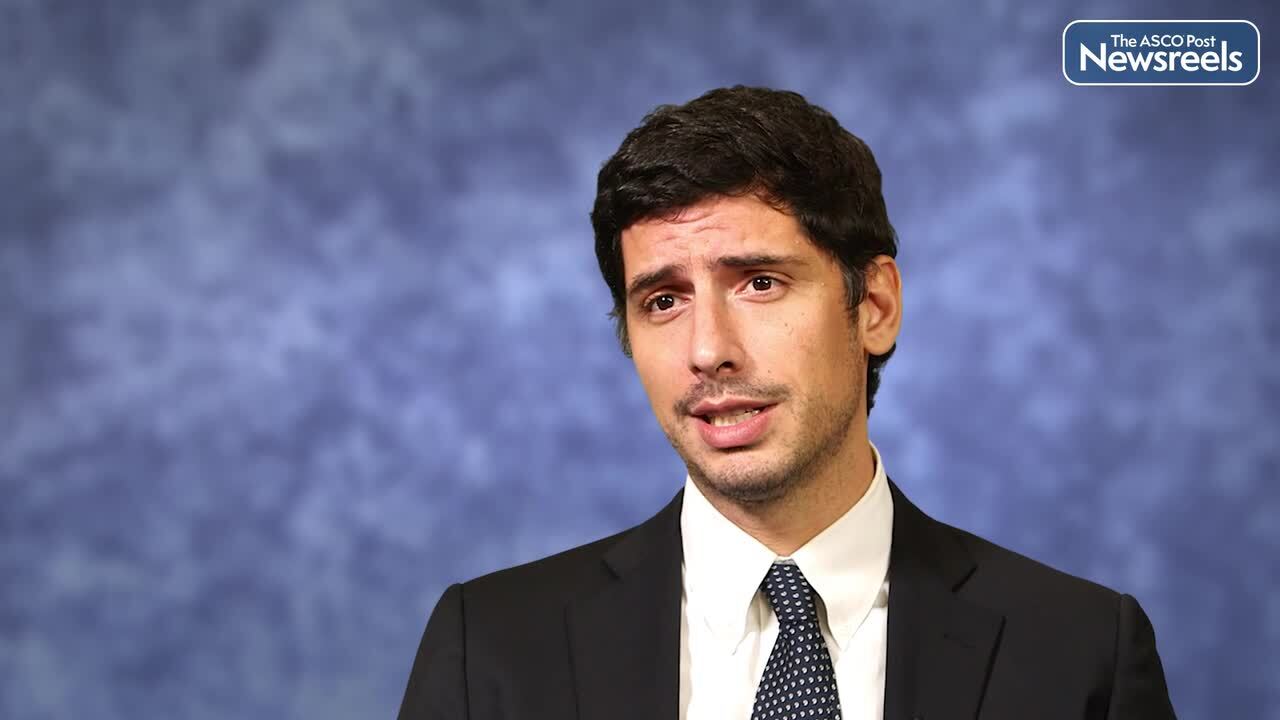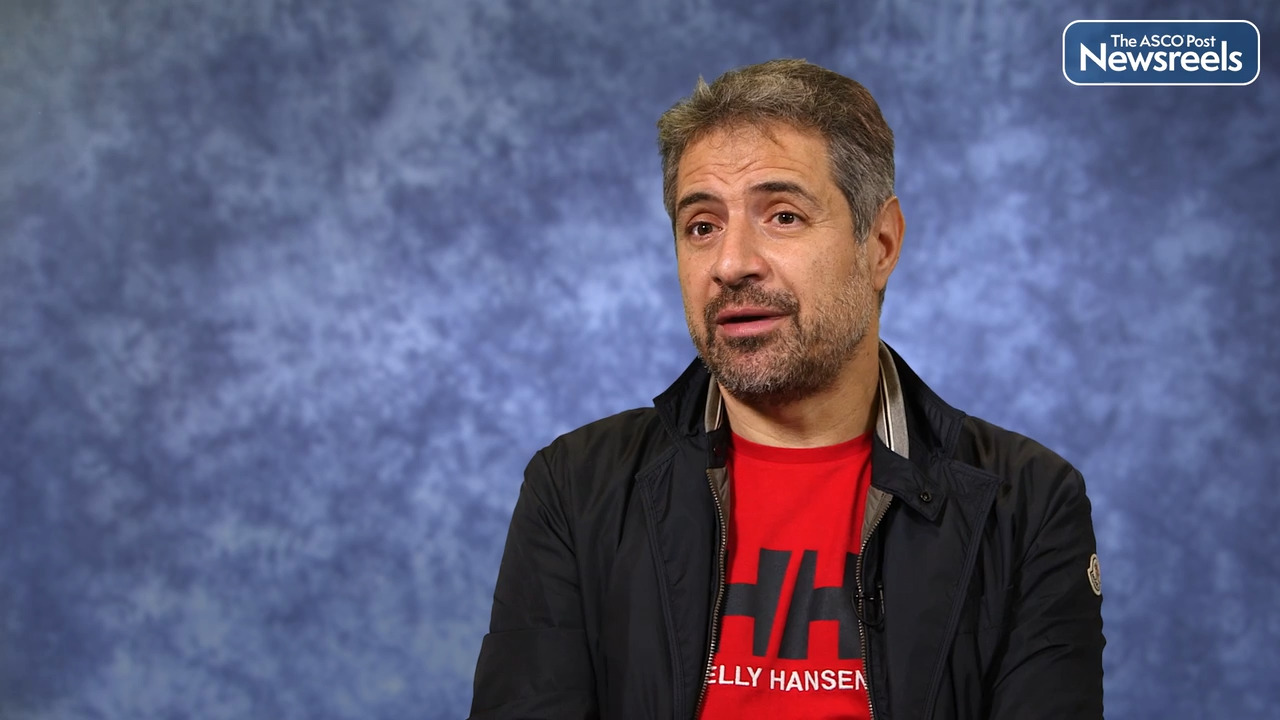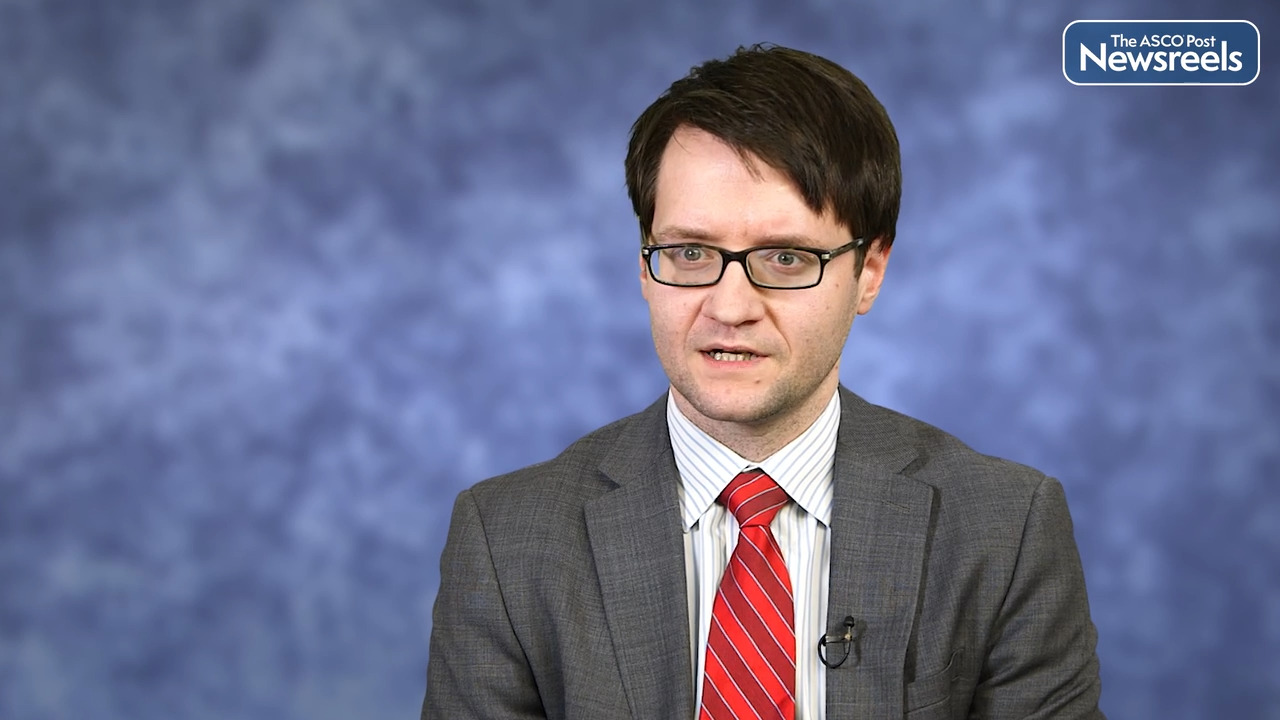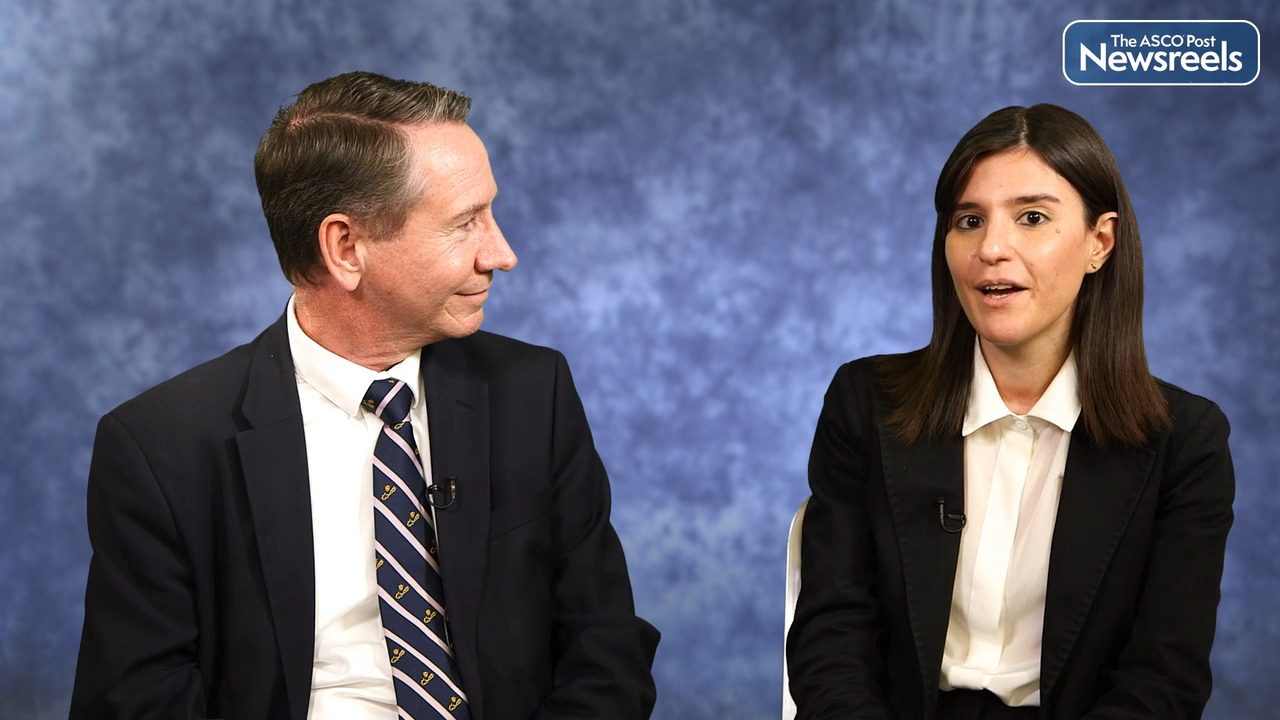Anand P. Jillella, MD, on Acute Promyelocytic Leukemia: A Simplified Patient Care Strategy to Decrease Early Deaths
2022 ASH Annual Meeting and Exposition
Anand P. Jillella, MD, of Georgia Cancer Center at Augusta University, discusses results from the ECOG-ACRIN EA9131 Trial, which showed that using a simplified treatment algorithm and management recommendations made by a group of specialists, resulted in a dramatic improvement in 1-year survival of patients with acute promyelocytic leukemia (Abstract 421).
Transcript
Disclaimer: This video transcript has not been proofread or edited and may contain errors.
Acute promyelocytic leukemia is a highly aggressive but very curable leukemia. The current standard of care is all-trans retinoic acid and arsenic trioxide with or without chemotherapy. In clinical trials, about 95% to 98% of patients are cured. The induction death or early death, which is death within the first 30 days after diagnosis, is under 5%, and the relapse rate is less than 2%. So virtually everyone who survives induction is cured of their leukemia. However, that is not the case in the general population because in clinical trials the patients are usually younger and do not have any comorbid conditions. Whereas in the general population, you have older patients who might have other health issues. About 30% of patients do not survive induction or die during the first month after diagnosis. The one-year survival among all comers is about 60% to 70%.
The only way to decrease survival among the general population is to decrease early deaths. The purpose of the ECOG-ACRIN 9131 trial was to decrease the induction mortality from an estimated 30% to less than 15%.
At the Medical College of Georgia, in Augusta, Georgia, we recognized this as a problem way back in 2009. We evaluated our own experience and realized that 37% of our patients died within the first month after diagnosis. So we critically analyzed the problem and came up with a plan to decrease early deaths. Number one, we wrote a treatment algorithm or an operating procedure, which is a simplified procedure that tells you exactly how you have to manage the patient and the complications. The second thing is it is a rare disease, so we set up a panel of four experts. If there was a patient with APL in the community, the community oncologist would call one of the experts. The expert and the community oncologist would determine a consensus treatment plan, and the patient would be treated locally in the community but with ongoing communication with the APL expert. In this pilot trial, we accrued 120 patients. We had an early death rate of 8.5%.
We used a similar model in the ECOG-ACRIN 9131 trial. We used the same algorithm. We set up seven APL experts who were available 24/7, and we rolled it out nationwide. There were absolutely no exclusion criteria. Elderly patients or patients with other health issues were recruited into the trial. A total of 200 patients were accrued, and we had seven deaths, which is an early death rate of 3.5%. As best as I know, this is the only proven concept that decreases early deaths in APL. This concept has also been proven in Latin America. The next steps would be to find a way to scale this and find a sustainable way to implement this nationwide.
Related Videos
The ASCO Post Staff
Julie Côté, MD, of CHU de Québec–Université Laval, discusses findings from the Canadian Myeloma Research Group database, which showed that integrating bortezomib and lenalidomide into the autologous stem cell transplant (ASCT) sequence produces a median overall survival rate ≥ 10 years in most patients with newly diagnosed multiple myeloma. These observations highlight the contribution of post-ASCT maintenance, particularly lenalidomide given until disease progression, when used in multiple patient groups including those with and without high risk, as well as those requiring a second induction regimen (Abstract 117).
The ASCO Post Staff
Francesco Maura, MD, of the University of Miami, Sylvester Comprehensive Cancer Center, discusses his team’s findings in which they defined a comprehensive catalogue of genomic determinants of response to DKRd (carfilzomib, lenalidomide, dexamethasone) in newly diagnosed multiple myeloma. The researchers have identified a number of new genomic alterations that explain resistance to the agents currently used in combination regimens (Abstract 470).
The ASCO Post Staff
Elias Jabbour, MD, of The University of Texas MD Anderson Cancer Center, discusses an analysis confirming that olverembatinib is a potentially viable treatment option for patients with chronic myeloid leukemia (CML) and Philadelphia chromosome–positive acute lymphoblastic leukemia (ALL), including those with CML whose disease did not respond to ponatinib or asciminib, or who had a T315I mutation (Abstract 82).
The ASCO Post Staff
Andrew Matthews, MD, of the Abramson Cancer Center, University of Pennsylvania, discusses findings from a large, multicenter study that showed superior outcomes with 7 + 3 chemotherapy (cytarabine continuously for 7 days, along with short infusions of an anthracycline on each of the first 3 days) vs venetoclax in patients with acute myeloid leukemia (AML). In this real-world data set, the 7 + 3 cohort outperformed historical benchmarks in overall survival and early mortality, perhaps reflecting improved later lines of therapy and patient selection. Prospective studies (such as NCT04801797) must confirm the superiority of intensive chemotherapy (Abstract 426).
The ASCO Post Staff
Stephen M. Ansell, MD, PhD, and Patrizia Mondello, MD, PhD, both of the Mayo Clinic, discuss the 20% of patients with follicular lymphoma (FL) who relapse early and experience a poor prognosis. The researchers found that FLs with high levels of IRF4 expression are associated with a suppressive tumor microenvironment, and selective IRF4 silencing restores antilymphoma T-cell immunity. Further investigation is warranted to identify the mechanisms by which IRF4 controls tumor immunity to develop precision therapies for this population (Abstract 70).
